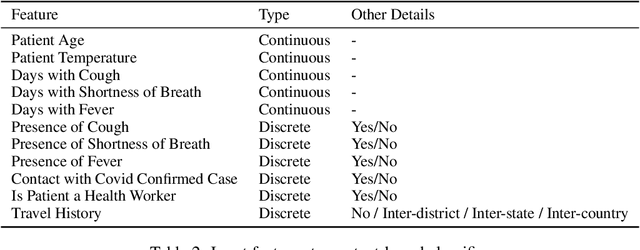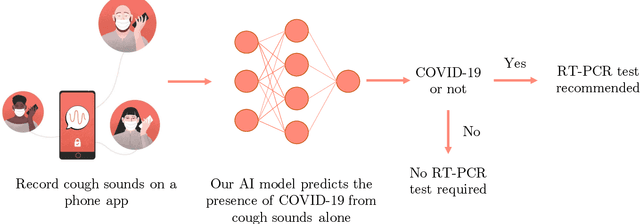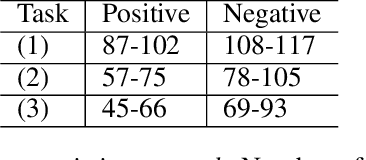Rahul Panicker
NurtureNet: A Multi-task Video-based Approach for Newborn Anthropometry
May 09, 2024Abstract:Malnutrition among newborns is a top public health concern in developing countries. Identification and subsequent growth monitoring are key to successful interventions. However, this is challenging in rural communities where health systems tend to be inaccessible and under-equipped, with poor adherence to protocol. Our goal is to equip health workers and public health systems with a solution for contactless newborn anthropometry in the community. We propose NurtureNet, a multi-task model that fuses visual information (a video taken with a low-cost smartphone) with tabular inputs to regress multiple anthropometry estimates including weight, length, head circumference, and chest circumference. We show that visual proxy tasks of segmentation and keypoint prediction further improve performance. We establish the efficacy of the model through several experiments and achieve a relative error of 3.9% and mean absolute error of 114.3 g for weight estimation. Model compression to 15 MB also allows offline deployment to low-cost smartphones.
Impact of data-splits on generalization: Identifying COVID-19 from cough and context
Jun 05, 2021



Abstract:Rapidly scaling screening, testing and quarantine has shown to be an effective strategy to combat the COVID-19 pandemic. We consider the application of deep learning techniques to distinguish individuals with COVID from non-COVID by using data acquirable from a phone. Using cough and context (symptoms and meta-data) represent such a promising approach. Several independent works in this direction have shown promising results. However, none of them report performance across clinically relevant data splits. Specifically, the performance where the development and test sets are split in time (retrospective validation) and across sites (broad validation). Although there is meaningful generalization across these splits the performance significantly varies (up to 0.1 AUC score). In addition, we study the performance of symptomatic and asymptomatic individuals across these three splits. Finally, we show that our model focuses on meaningful features of the input, cough bouts for cough and relevant symptoms for context. The code and checkpoints are available at https://github.com/WadhwaniAI/cough-against-covid
Cough Against COVID: Evidence of COVID-19 Signature in Cough Sounds
Sep 23, 2020



Abstract:Testing capacity for COVID-19 remains a challenge globally due to the lack of adequate supplies, trained personnel, and sample-processing equipment. These problems are even more acute in rural and underdeveloped regions. We demonstrate that solicited-cough sounds collected over a phone, when analysed by our AI model, have statistically significant signal indicative of COVID-19 status (AUC 0.72, t-test,p <0.01,95% CI 0.61-0.83). This holds true for asymptomatic patients as well. Towards this, we collect the largest known(to date) dataset of microbiologically confirmed COVID-19 cough sounds from 3,621 individuals. When used in a triaging step within an overall testing protocol, by enabling risk-stratification of individuals before confirmatory tests, our tool can increase the testing capacity of a healthcare system by 43% at disease prevalence of 5%, without additional supplies, trained personnel, or physical infrastructure
 Add to Chrome
Add to Chrome Add to Firefox
Add to Firefox Add to Edge
Add to Edge